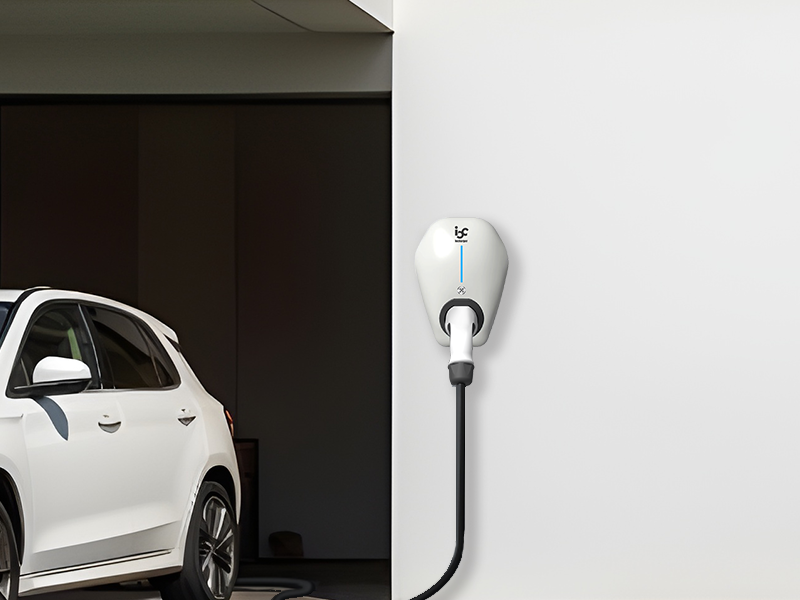
Electric Vehicles are becoming increasingly popular. Most EV owners have a residential EV charger at their homes and parking spots. Periodic maintenance helps keep the charger in good condition, ensuring high charging efficiency and reliability. Do you know how to maintain your home EV charger? iocharger shares the key tips below.
How often should an EV charger be maintained?
Keep regular basic maintenance including wiping down the charger, cord, and connectors weekly. You will need to replace your charging cable as part of your regular maintenance if you notice signs of wear. A charging cable can develop loose connections after extended use, causing charging inefficiencies and even potentially hazardous situations. Staying proactive and keeping a routine maintenance schedule will avoid costly repairs for an EV charger owner.

How to tell if an EV charger needs maintenance?
3 most common signs an EV charging station needs maintenance:
- Visible damage: If there is visible damage to the EV charger, it’s best to have a professional inspect the system. Damage can affect the function of the system and may require immediate repairs.
- Longer charging time: If your typical charging time has clearly increased, you should call a professional for help.
- Extreme weather: If you have a charging station outside, an extreme weather event can damage it. While you may not notice visible damage, having an EV specialist inspect is best.
Maintenance items for a home EV charger
- Regular inspection & cleaning
Schedule periodic inspections of the EV charger to check for housing & charging cables if signs of wear, damage, or loose connections. Use a soft cloth or sponge dampened with mild soap and water to wipe down the charger housing and charging cable gently. - Add enclosure for outdoor charger
If your EV charger is installed outdoors, consider investing in a weatherproof enclosure to shield it from rain, snow, sunlight, and extreme temperatures. Ensure that the enclosure provides adequate ventilation to prevent overheating and moisture. - Monitor energy consumption
Monitoring energy usage can help you optimize charging schedules, reduce electricity costs, and detect potential issues such as faulty components or excessive standby power consumption. By the IOC Lite mobile app, users can view real-time energy consumption data, set charging schedules to charge at any time, invite family members to share and manage the charger, etc. It’s a good partner for home charging and energy management. - Update firmware
Keep your EV charger’s firmware up to date. Firmware updates can improve performance, address security vulnerabilities, and add new features. Check the manufacturer’s website regularly for firmware updates or enable automatic updates if available. Our smart home EV charger can update the firmware on the charger web portal, IOC Lite mobile app, or via IOC Lite charging management system remotely. - Schedule professional maintenance
Consider scheduling periodic maintenance inspections with a qualified electrician or EV charger service provider. Professional technicians can perform thorough diagnostics, identify underlying issues, and perform necessary repairs or adjustments. Regular professional maintenance helps ensure that your EV charger is in good operating condition.
